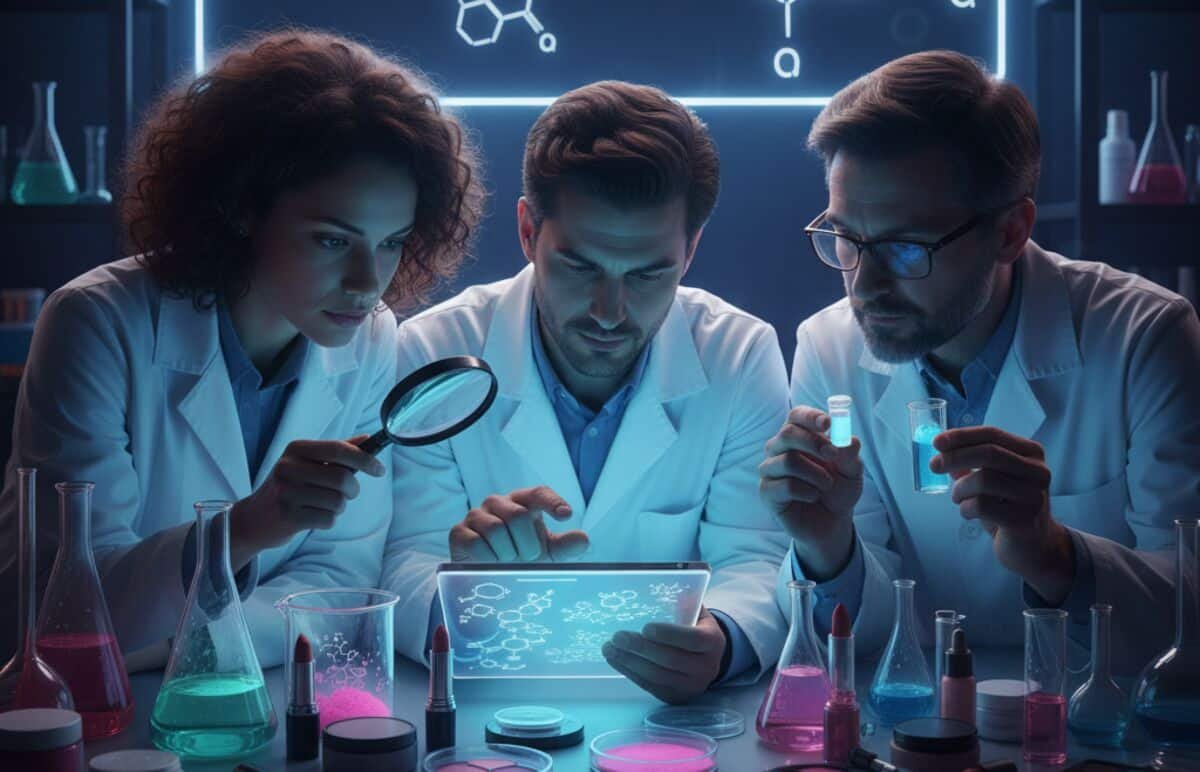You might expect cosmetics to be safe. Many people do. But an analysis of products sold in the U.S. and Canada in 2021 found something worrying: 52% of 231 products contained PFAS, a group of chemicals linked to hormone disruption and other health problems. Those chemicals showed up most often in foundations (63%), waterproof mascara (82%), and long‑lasting lipstick (62%). Even more troubling, 88% of PFAS‑containing products didn’t disclose them on the label. That’s not transparency; it’s a blindfold.
Why this matters now
PFAS are persistent. They hang around in the body and in the environment. That’s why their presence in everyday items — makeup, shampoos, hair care — feels especially unfair. This burden is often unequally distributed. Products aimed at Black women, for instance, have a history of being riskier, too. Around half of hair straighteners tested for hazardous chemicals included formaldehyde, a known carcinogen. That’s a pattern, not a fluke.
A little good news? There are signs of movement. A 2025 report from ChemFORWARD suggests verified safety is improving: chemicals of concern appeared in fewer products and dropped overall by about 2%. Progress is messy and slow. But it shows safer chemistry is possible when brands pay attention.
The gaps we still face
ChemFORWARD scanned nearly 50,000 products and 1.25 million ingredient listings. Over 71% of those ingredients looked safe or low‑concern — things like glycerin and hyaluronic acid. But more than 24% couldn’t be assessed because there simply isn’t enough safety data. That’s a huge blind spot. Botanicals, for instance, often look harmless on a label, yet many are hard to characterize toxicologically. So even when labels list “natural” or “botanical,” that doesn’t guarantee safety.
Regulation is creeping forward. The Modernization of Cosmetics Regulations Act (MoCRA) pushes manufacturers toward better reporting and safety checks. But regulation alone won’t fix everything. The market still sells products containing high‑hazard ingredients, and sometimes safer options don’t reach the people who need them most.
Ingredients to watch for
Manufacturers should do better. In the meantime, here are the high‑hazard ingredients experts flag most often, ones you may want to watch for on labels:
- PFAS (often not listed clearly)
- Silicones rated F: cyclopentasiloxane; cyclomethicone
- Parabens rated F: methylparaben; propylparaben
- D‑rated dyes: D&C Red 27, 28; Acid Red 92
- Preservative D‑rated: butylated hydroxytoluene (BHT)
Top chemicals of concern compiled by EWG and ChemFORWARD include: Behentrimonium chloride; Butylated hydroxytoluene; Butylparaben; Carbomer if chlorinated; Cyclopentasiloxane; DMDM hydantoin; Diazolidinyl urea; Dibutyl phthalate; P‑phenylenediamine; Pigment Red 181/D&C Red No. 30; and several more. The list is long because the problem is widespread.
Small choices, system changes
Can you avoid every risk? Probably not. But you can reduce exposure by checking labels, favoring simpler ingredient lists, and supporting brands that publish safety data. The bigger fix is systemic: better testing, stronger disclosure, and manufacturers committing to safer substitutes. ChemFORWARD’s report reminds us that substitution works — safer options exist and, with will, can replace hazardous chemicals.
If you care about this, don’t be silent. Ask brands to disclose PFAS and other hazards. Push for regulation that forces transparency. Vote with your wallet when you can.
What did you find on the back of your last shampoo bottle? Leave a comment below and tell us which ingredients surprised you, or follow us on Facebook and Instagram for updates and practical shopping tips.
How to style the new fall fashion trends for the office? Read our guide.
Sources:
- www.edition.cnn.com/2025/10/21/health/toxic-chemical-beauty-products-wellness



